By Yvonne Wright • The Current Contributing Writer
Photography is one of those artistic mediums that connects us all with the urgency of documenting moments that otherwise would run away from us, never to be experienced again; family events, nature’s fleeting spectacle, social commentaries, deeply psychological or just fun narration of life as it unfolds.
Ever since its ‘technological birth’ in the middle of 19th-century, photography speaks to us across time with an instant and broad appeal of unassuming truth – asserting itself with a persisting presence in contemporary times. It is also a creative medium that has democratized a time-honored tradition of picture making (once licensed only by guild membership or an academic degree) and, as some cultural critics bemoan on occasion, offering the technological benefits of photographed images at more affordable prices and to a broader consumer base – crossing the boundaries of art and science, and into the realm of mass-entertainment.
American writer, filmmaker and philosopher, Susan Sontag, once argued that photography “conflates the notions of the beautiful and the interesting” and that photography is “a way of aestheticizing the whole world.” Sentiments echoed by the 1964 Kodak camera TV commercial, which claimed “Next to the pickles, it is the most important part of a picnic.”
The state of Pennsylvania can proudly claim that it is home to one of the earliest and oldest surviving photographs, a daguerréotype, made in the United States. It was taken by Joseph Saxton in Philadelphia on September 25th, 1839, illustrating Central High School and the Philadelphia Armory. Considered a ‘miraculous’ technology at the time, early photographs were described, and promoted as “not drawn with man’s feeble, false, and flattering pencil, but with the power and truth of light from heaven!” (The New York Observer. 1839), emphasizing photography’s apparent objectivity in registering an image.
Clearly, a lot has changed since the early days, particularly with the arrival of digital technology in the 1980s, which revolutionized the world of photography, enabling professional photographers and visual artists dabbling in photography, to expand their creative horizons beyond a straight-forward shooting of things as they were, and into things as they could be, by compounded practices of editing and manipulating images to produce something new and innovative. Most importantly, photography has become a widely accessible and relatively inexpensive creative medium to anyone with a sensitive soul and a burning desire for exploring one’s creative impulses.
Jeannie Carl considers herself a self-taught visual artist, whose beloved medium of choice is photography. Philadelphia born and Jim Thorpe based for over 33 years, daughter of a Naval Yard worker and a Forest Service librarian, she is a true descendant of Pennsylvania’s rich heritage in photography. “My father always had a camera in his hands, according to my mother, and he had a darkroom in our home for many years” recalls Jeannie candidly, adding that her father spent considerable hours photographing her, and her siblings (Eileen, Dorothy and Charlie), as they were growing up, tenderly documenting their formative years “with careful attention to composition and framing.” Jeannie believes that part of her father’s passion for photography is permanently ingrained in her psyche as an artist, subconsciously present every time she reaches for the camera.
Initially empowered by her parents’ gift of a Kodak Instamatic camera, Jeannie’s life-long relationship with photography began at the age of 14, with a series of quick and informal shots of anything that attracted her attention. Many years later, while working within the analog framework, using photography as a creative medium with a renewed seriousness and intensity, Jeannie became relentless in composing challenging subjects for her photo shoots, playing with the atmospheric effects of sunlight, and seeking any available opportunity to learn more about the craft.
The birth of her son Andy in 1983, inadvertently reconnected Jeannie with memories of her childhood. Just like her father before her, Jeannie also began to take hundreds of photos of her family, capturing Andy’s rapid progress from week to week. “I thought about my father and how he did the same, when my siblings and I were young, and felt a connection to him yet again” explains Jeannie with a gentle warmth in her voice, “I longed to be able to talk photography with him. It’s really my only regret that we never got to share this hobby that meant so much to him.”
Hard working and determined, Jeannie’s inherent perfectionism drives her constant determination to seek new ways of improving her skills, without resorting to costly classes. One year, her husband and son surprised Jeannie with a little point-and-shoot digital camera for Christmas. A thoughtful gift that opened up a plethora of creative possibilities for her, becoming a turning point in the artist’s career as a photographer. Seduced by the digital world and the ease with which one could upload and review images on the computer screen – Jeannie retired her analogue camera for good, concentrating more studiously on digital techniques and learning by trial and error – “lots of errors!” she laughs.
In 1993, Jeannie Carl graduated from East Stroudsburg University with a Bachelor of Science degree in elementary education K-8, and a minor in Special Education. Her strong background in science and in nature allowed her to substitute teach for four years, before landing a full time position at the Carbon County Environmental Educational Center (CCEEC) in Summit Hill.
As if by divine intervention, her work at the CCEEC, created a symbolic ‘perfect storm’ of several great passions in Jeannie’s life that now could be shared, enjoyed and explored professionally; her love of nature (she is a well known champion for ecological preservation and education); her love for working with children (education through experience and better understanding of the natural world), and her love of photography (often reflecting her respect for the natural world, instilled in her by her mother.)
Every year in March, for a duration of four weeks, Jeannie is instrumental in organizing a spring photography contest held at the CCEEC. As an avid photographer, she first came up with the idea of organizing a photography competition in 2012. “I just wanted to see if it would work,” Jeannie confesses humbly, and every year since, the CCEEC has been hosting the exhibition with a growing popularity. The March 2019 Photo Contest included 56 works by 22 local photographers.
Always a champion for photography, Jeannie Carl has been a much contributing member of the Palmerton Camera Club, and currently, its President. The Club was founded in 1947, and at present has about 60 members, who come together once a month to share their passion for photography, coordinate lessons, outings and enjoy presentations by guest speakers.
The 2021 photograph “Lens Ball” is one of Jeannie’s highly atmospheric studies of light and shadow, rendered in a classic bokeh. As if trapped in a glass sphere, the light shines through the otherwise soft, out-of-focus background. Jeannie’s use of the bokeh effect has created an aesthetically pleasing quality to the image, where the glass ball placed at the center of the composition, feels almost liquid. Traditionally, bokeh is created when shooting an object with a fast lens, at the widest of apertures, thereby increasing the distance between the background and the object. Jeannie’s use of this technique separated her glass ball from the background, allowing her to “push back” a perhaps not-so-important outdoor narrative by diffusing/blurring it softly. It also helps to “highlight” the main object by creating a sense of mystery.
If Jeannie’s life wasn’t busy enough, she has in the past volunteered for literacy teaching – reading to special needs clients at daycare centers, Cub scouts, the Jim Thorpe Area School District PTO, the Delaware River Shad Fishermen’s Association and the Jim Thorpe Lionesses, of which Jeannie was also a member.
I believe one does not necessarily need to have a degree in photography to be a great photographer, full of creative ideas; innate talent, as well as exploration and experience of the various aspects of photography can enhance one’s ability to produce images of well defined composition, light and tonal balance. Advancements in editing software have also created new and exciting possibilities for those who, like Jeannie Carl, are not afraid of trying new things, test their creative boundaries, and work hard at perfecting their milieu.
Yvonne Wright is the owner of STUDIO YNW at 100 West Broadway in Jim Thorpe. She can be reached at studio.ynw@gmail.

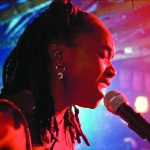
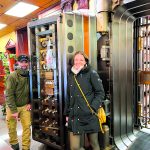

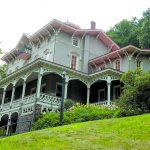

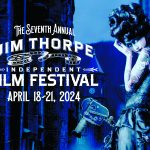

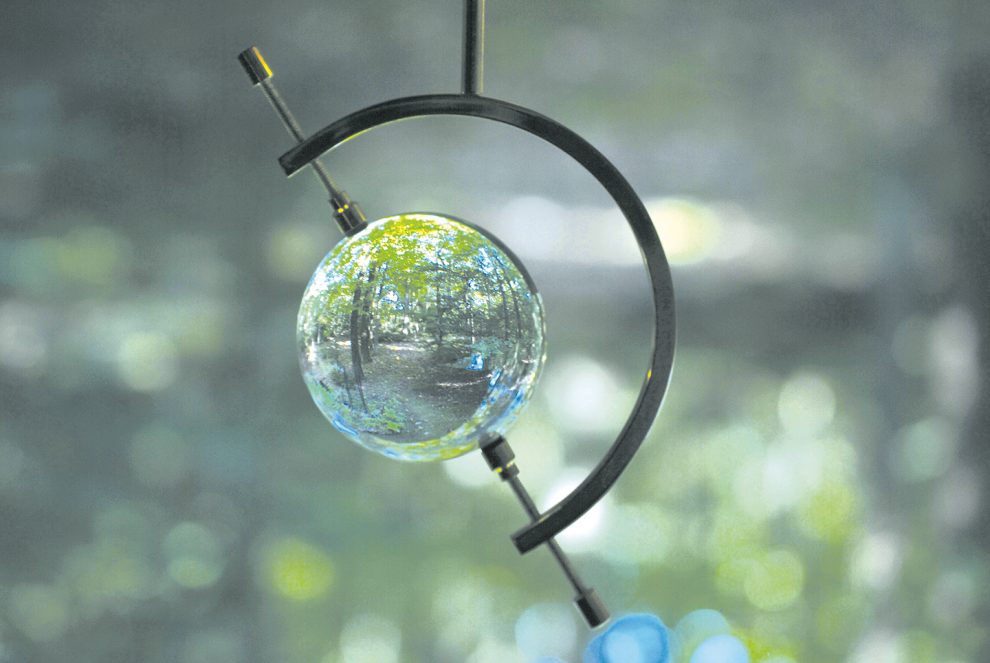
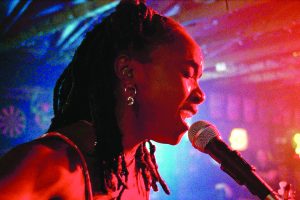
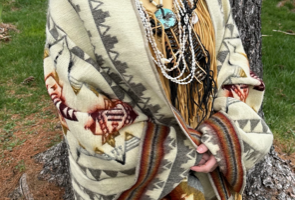
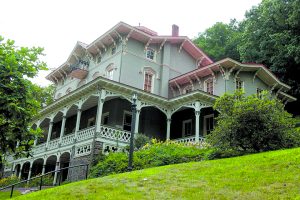
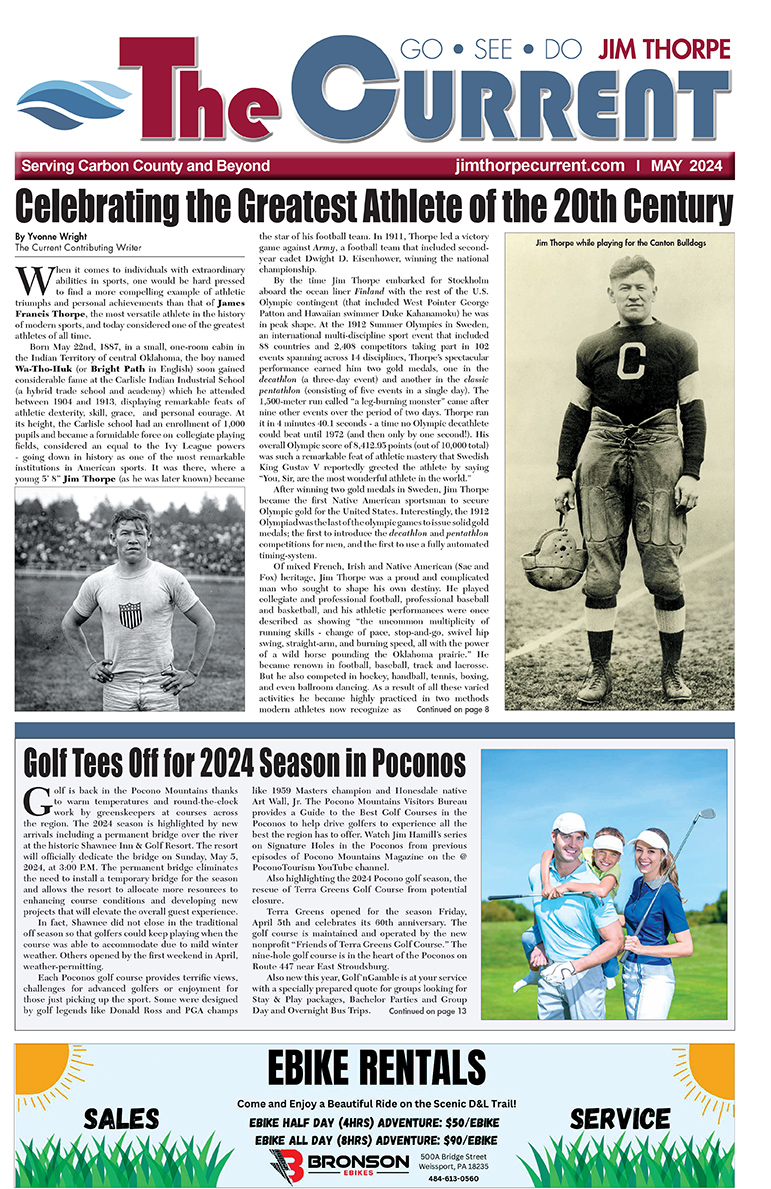
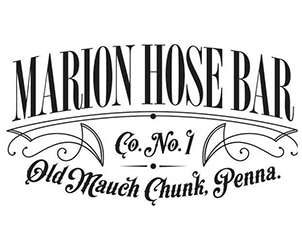
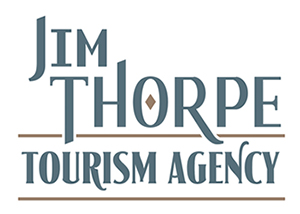
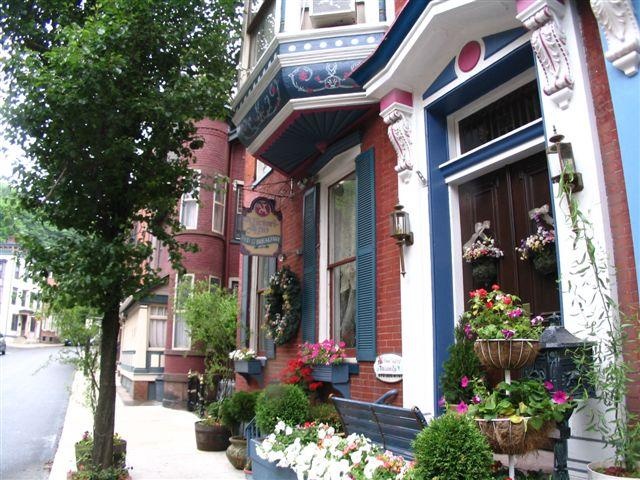

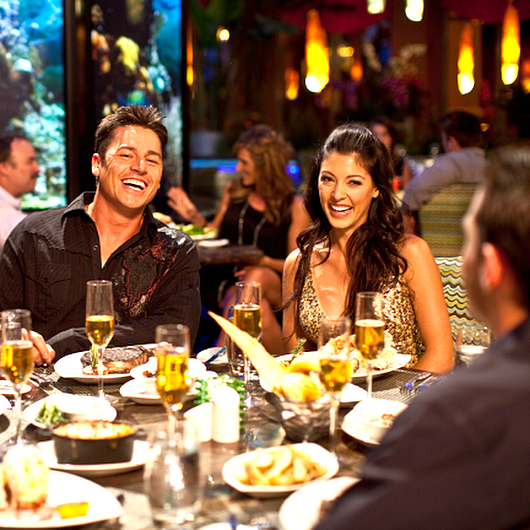









Add Comment